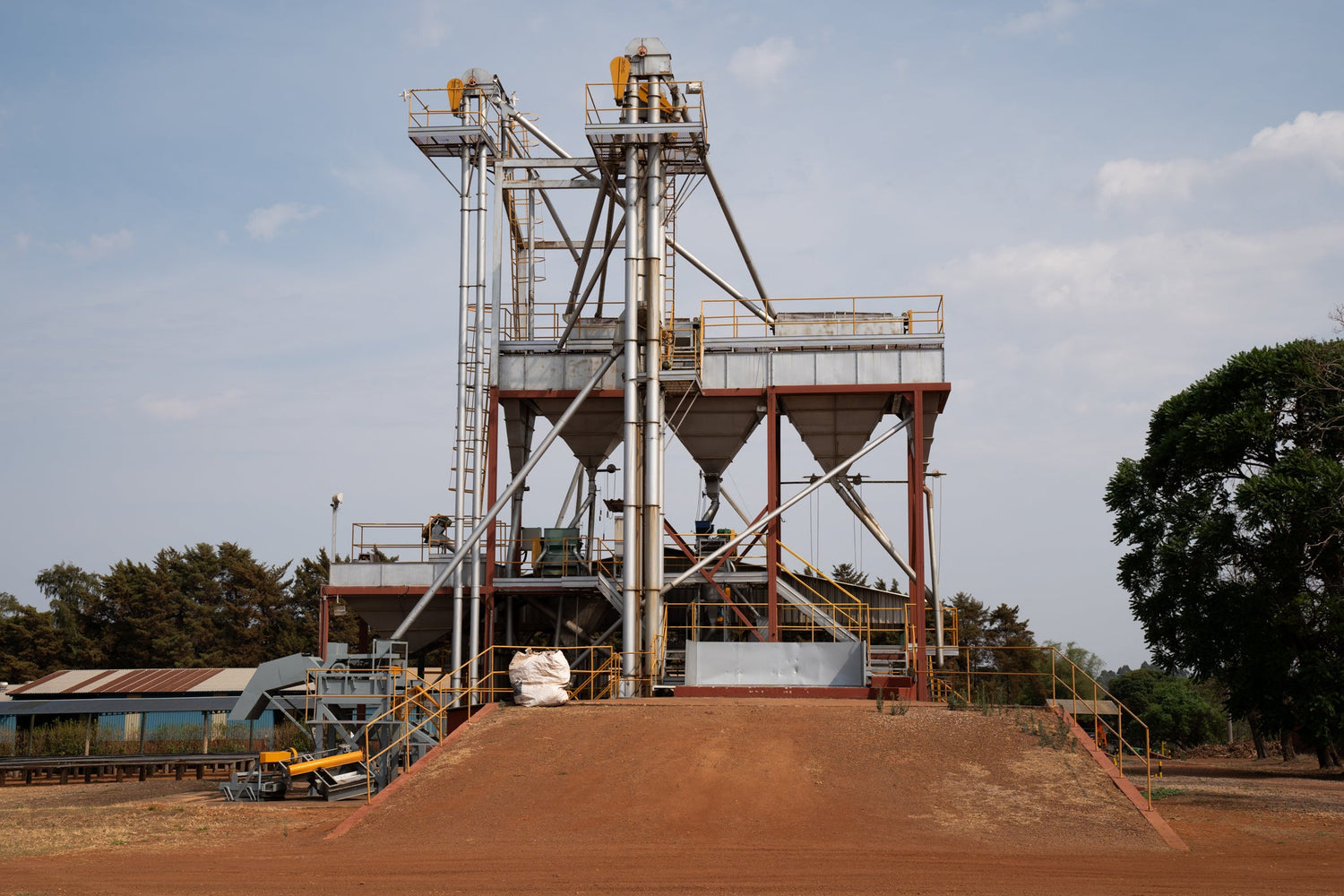Author: Kieran Lamont
A deeper dive on what informs flavour perception in coffee.
Like I said in part 1 (Understanding Flavour Notes in Coffee), complex and well-balanced acidity is an important component of specialty coffee. Acidity in coffee can often be mistaken for sourness and whilst sourness does occur in coffee, it is usually from coffee that is too lightly roasted, too fresh or from under extracted brews.
The right balance of desirable acidity can produce some of the tastiest and highest scoring coffees in the world. However, it can be a common obstacle to achieving a sweet balanced coffee and has the potential to completely ruin a coffee, especially when combined with hot milk. These are just a few of the most prominent acids that have an effect on the flavour of coffee;
Citric acid
This is of course found in high levels in oranges and lemons, and almost all other citrus fruits. Coffees from East Africa, notably Kenya and Ethiopia, tend to have higher levels of citric acidity and will be one of the reasons they can be brighter and more tropical, when compared with other origins. Lighter bodied coffee with high acidity can produce very complex and refreshing coffee that often scores highly on a cupping table.

Malic acid
Malic acidity is found in higher amounts in Central American coffees. This typically contributes to the coffee’s mellow acidity and rounded flavour and is also found in fruits such as plums, pears and apples. Higher levels of malic acid, combined with natural sugars and medium/heavy body can give the coffee a stewed apple/pear flavour and is most common in Central and South America.
Tartaric acid
Whilst this is a desirable acid found in higher quantities in Kenyan coffee. If not balanced well, this can often produce a dry or astringent cup and is found in higher quantities in grapes, cherries, cranberries and tamarind. Kenyan coffees can often have a flavour of red grapes or combined with a heavier body and more complex fruity notes, can have many similarities with red wine.

Lactic acid
Lactic acid is a much less pronounced acid and is found in dairy as well as in coffee. It is responsible for mouthfeel and body, often giving coffee a milk chocolate flavour when combined with enhanced sweetness.
Sweetness/caramelization/maillard/ Is coffee naturally sweet?
Most people like naturally sweet coffee that doesn’t require added sugar. Thankfully, there is plenty of naturally occurring sugar in coffee and it’s with the gradual introduction of heat during roasting that we achieve the maillard reaction. During the maillard reaction there is a reaction between amino acids and sugars, whereby the sugars are caramelized. The extent to which this happens depends on the roast degree and will determine the overall sweetness of the brew. As mentioned previously, milk chocolate flavours would typically come from medium/light roast. Notes of dark chocolate, baking chocolate or cacao would come from darker roasts with bitterness starting to creep in, as some of these sugars start to burn.




